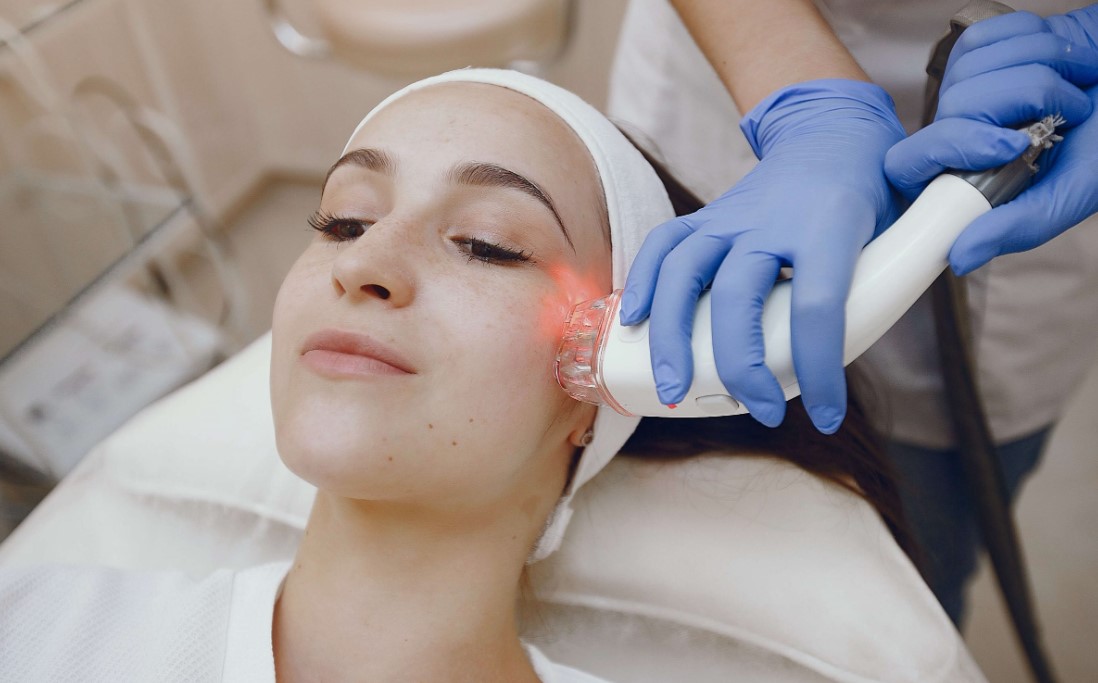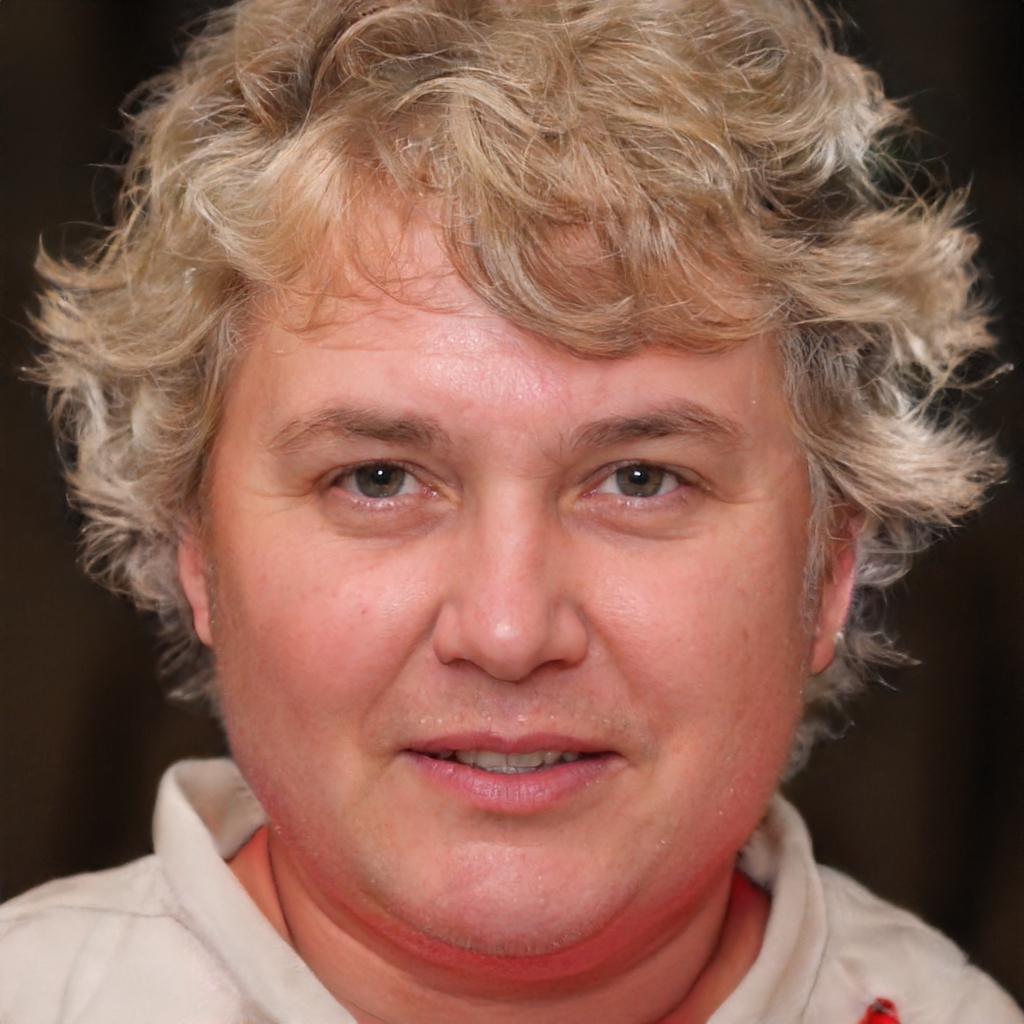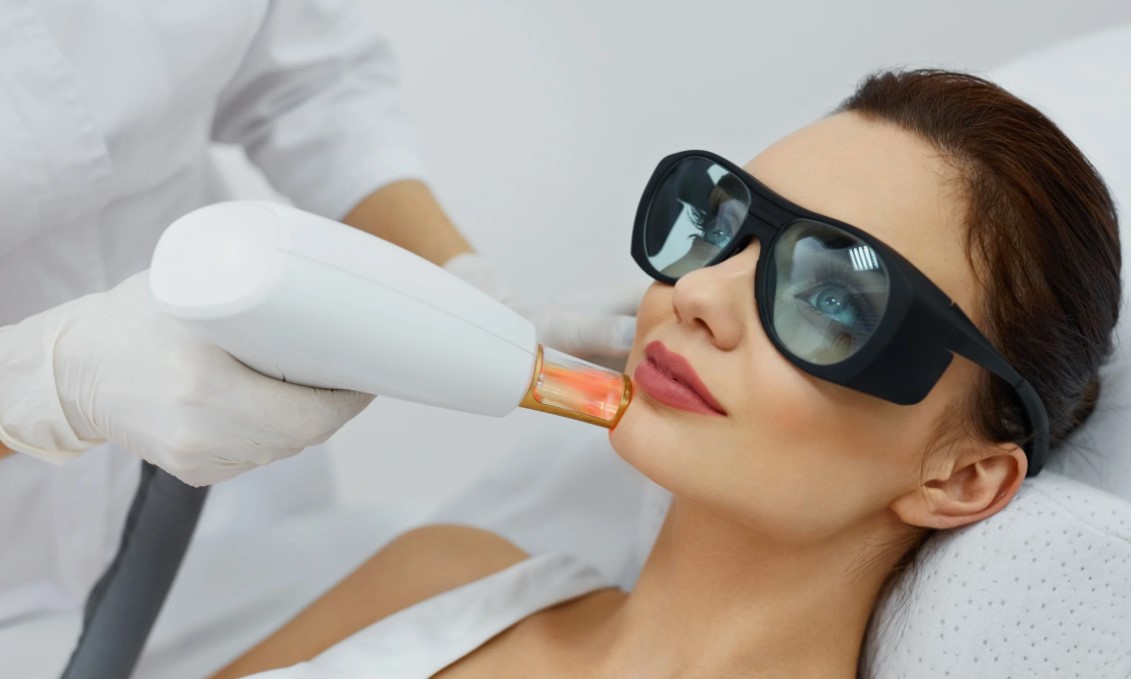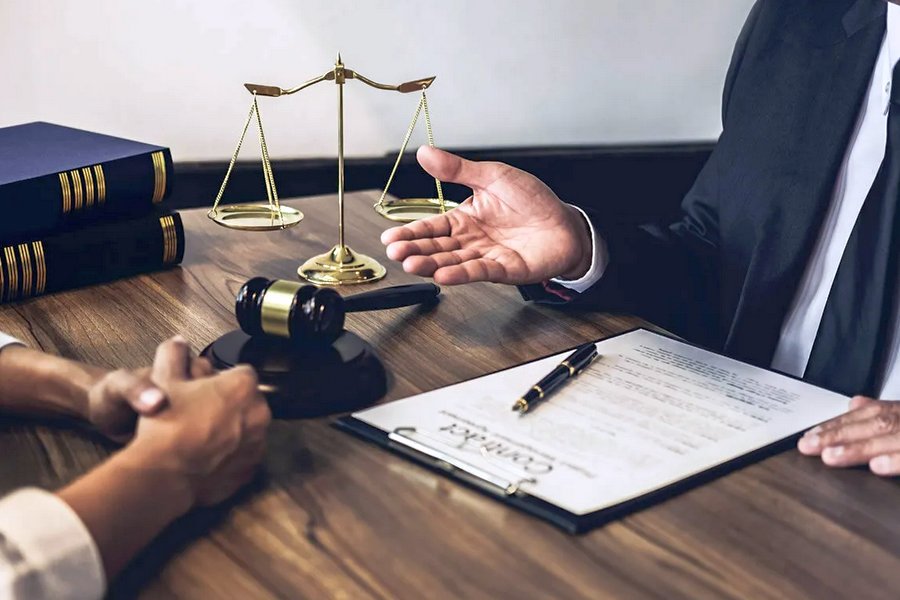The significance of healthy and radiant skin in a woman’s life cannot be overstated. It plays a crucial role in her self-esteem and the way others perceive her. In a world where external appearances are often closely scrutinized, maintaining youthful and vibrant skin becomes a priority for many women. This is why opting for a skin resurfacing treatment Dubai has become increasingly popular, as it offers a targeted approach to achieving glowing skin. Skin care, therefore, is not merely a cosmetic practice but a means of enhancing one’s overall well-being. By reducing the negative impact of external factors on the skin’s structure, slowing down the aging process, and preserving skin health, women can ensure that their skin remains youthful and vibrant for many years to come.
One of the most effective methods of achieving and maintaining such skin is through skin resurfacing. Among the various resurfacing techniques available, laser skin resurfacing stands out as a particularly powerful and precise method. This hardware cosmetology procedure involves the removal of the skin’s top layer using a concentrated laser beam, offering a path to rejuvenation and the elimination of various aesthetic defects.
The Essence of Laser Skin Resurfacing
Laser skin resurfacing is a cutting-edge procedure designed to rejuvenate the skin by promoting the removal of damaged outer layers and stimulating the growth of new, healthy skin cells. The primary goal of this procedure is to address various skin imperfections, including fine lines, wrinkles, scars, and uneven skin tone. By using a laser beam to precisely target and remove the top layer of skin, the process triggers the skin’s natural healing mechanisms, leading to the regeneration of fresh, healthy tissue.
The laser’s energy penetrates the skin, causing controlled damage that prompts the body to produce collagen, a vital protein responsible for maintaining the skin’s elasticity and firmness. As collagen production increases, the skin becomes smoother, more resilient, and more youthful in appearance.

Types of Laser Resurfacing: Carbon Dioxide, Erbium, and Fractional
Laser resurfacing can be categorized into three main types, each with its unique features, advantages, and disadvantages: Carbon Dioxide (CO2) laser, Erbium laser, and Fractional laser resurfacing.
1. Carbon Dioxide (CO2) Laser Resurfacing
Features
CO2 laser resurfacing is one of the most aggressive and effective methods for skin resurfacing. It uses a high-energy laser beam to vaporize the damaged outer layers of the skin. This type of laser is particularly effective in treating deep wrinkles, scars, warts, and other significant skin imperfections.
Advantages
- High Precision: CO2 lasers offer exceptional precision, allowing for the accurate targeting of specific areas without affecting the surrounding skin.
- Effective for Severe Cases: This type of resurfacing is highly effective for treating deep wrinkles, significant scarring, and other substantial skin issues.
- Long-Lasting Results: The results of CO2 laser resurfacing are often long-lasting, with many patients experiencing improvements that can last for several years.
Disadvantages
- Extended Recovery Time: Due to the aggressive nature of CO2 laser resurfacing, the recovery time can be lengthy, often requiring several weeks.
- Risk of Side Effects: There is a higher risk of side effects such as redness, swelling, and hyperpigmentation.
- Not Suitable for All Skin Types: This method may not be suitable for individuals with darker skin tones, as it can increase the risk of pigmentation changes.
2. Erbium Laser Resurfacing
Features
Erbium laser resurfacing is a less aggressive alternative to CO2 laser resurfacing, making it suitable for patients with moderate skin issues. This type of laser is particularly effective for treating fine lines, superficial scars, and pigmentation issues.
Advantages
- Shorter Recovery Time: The recovery time for erbium laser resurfacing is typically shorter than that of CO2 laser resurfacing, often ranging from a few days to a week.
- Less Risk of Side Effects: Erbium lasers cause less thermal damage to the surrounding tissues, reducing the risk of side effects such as redness, swelling, and scarring.
- Suitable for a Wider Range of Skin Types: This method is more versatile and can be safely used on a broader range of skin tones.
Disadvantages
- Less Effective for Deep Wrinkles and Scars: Erbium laser resurfacing may not be as effective for treating deeper wrinkles and scars compared to CO2 lasers.
- Multiple Sessions Required: To achieve optimal results, patients may need to undergo several sessions of erbium laser resurfacing.
3. Fractional Laser Resurfacing
Features
Fractional laser resurfacing is a more advanced form of laser treatment that targets specific areas of the skin while leaving surrounding tissues intact. This method involves the use of a fractional laser that creates microscopic columns of treated skin surrounded by untreated skin. This approach allows for faster healing and reduced downtime.

Advantages
- Faster Recovery: The fractional approach significantly reduces recovery time, with most patients resuming normal activities within a few days.
- Less Invasive: Fractional laser resurfacing is less invasive than traditional CO2 or erbium laser resurfacing, making it a safer option for many patients.
- Versatile: This method can be used to treat a wide range of skin issues, including fine lines, wrinkles, scars, and pigmentation problems.
Disadvantages
- Multiple Sessions Required: Like erbium laser resurfacing, fractional laser resurfacing may require multiple sessions to achieve the desired results.
- Mild Side Effects: Although less severe than CO2 laser resurfacing, fractional laser treatments can still cause temporary redness, swelling, and peeling.
Indications for Laser Skin Resurfacing
Laser skin resurfacing is recommended for individuals dealing with various skin concerns. These may include:
- Scars and Cicatricial Formations: The procedure is effective in removing scars, including atrophic and keloid cicatricial formations.
- Post-Acne Scars: Scars left behind after acne removal or caused by other factors can be significantly reduced through laser resurfacing.
- Fine Wrinkles and Age-Related Changes: Laser resurfacing helps diminish fine lines and other signs of aging.
- Acne: While there are certain restrictions, laser resurfacing can be used to treat acne, especially when combined with pre-procedural treatments.
Additionally, laser skin resurfacing can be applied to various parts of the body beyond the face, including the abdomen, legs, arms, chest (décolleté area), back, and buttocks, making it a versatile treatment option.
The Laser Skin Resurfacing Procedure: Step by Step
Laser skin resurfacing involves several carefully planned stages to ensure the best possible outcome. These stages include preparation, the actual aesthetic procedure, and post-procedure care.
1. Preparation
The preparation phase begins with a consultation with a qualified specialist. During this consultation, a detailed medical history is taken, and a visual examination is conducted. The purpose of this phase is to determine the suitability of laser skin resurfacing for the patient and to identify any potential contraindications.
2. Aesthetic Procedure
Before the laser skin resurfacing procedure begins, the cosmetologist will apply an anesthetic cream to the treatment area. This step is crucial to minimize discomfort, as the laser’s intensity can cause pain without anesthesia.
Once the anesthetic has taken effect, the doctor will commence the resurfacing process. The laser will be used to carefully target specific areas of the skin, ensuring that the damaged outer layers are removed while leaving surrounding tissues unharmed.
3. Post-Procedure Care Recommendations
Following the procedure, the doctor will provide detailed care instructions to ensure optimal results during the recovery period. These instructions may include the application of special creams to the treated skin to accelerate regeneration at the cellular level.
The entire procedure typically lasts between 30 to 45 minutes. However, when an anesthetic cream is used, the procedure’s duration may be extended by an additional 30 minutes to an hour to allow the anesthetic to take full effect.
The Importance of Qualified Specialists and Licensed Equipment
Laser skin resurfacing is a complex procedure that requires the expertise of a qualified specialist. It is essential to ensure that the procedure is performed in a medical facility equipped with licensed and state-of-the-art equipment. A skilled specialist will be able to assess the patient’s unique skin characteristics and tailor the treatment accordingly, minimizing the risk of complications and ensuring the best possible outcome.
Expected Results and Benefits of Laser Skin Resurfacing
The effects of laser skin resurfacing can vary depending on the individual’s skin type, the specific issues being addressed, and the type of laser used. However, most patients can expect to see the following benefits:
- Healthier and Younger Skin: The procedure reduces the appearance of wrinkles, diminishes pigmentation, and evens out skin texture, leaving the skin looking healthier and more youthful.
- Increased Collagen Production: The stimulation of collagen production enhances skin elasticity and density, contributing to a firmer and more resilient complexion.
- Narrowed Pores: Laser resurfacing can help reduce the size of pores, resulting in smoother and more refined skin.
To achieve maximum results, multiple sessions of laser resurfacing may be necessary. Repeated treatments can provide a more pronounced effect and help maintain the results for an extended period, often lasting several months.
Contraindications for Laser Skin Resurfacing
While laser skin resurfacing is a highly effective treatment, it is not suitable for everyone. Certain conditions and circumstances may contraindicate the procedure, including:
- Pregnancy: Laser resurfacing is not recommended for pregnant women due to potential risks to the fetus.
- Skin Infections: Active skin infections can interfere with the healing process and increase the risk of complications.
- Diabetes: Individuals with diabetes may experience delayed healing and a higher risk of infection.
- Cancer: Patients with cancer or a history of cancer should avoid laser resurfacing due to potential complications.
- Viral Diseases: Viral infections, such as herpes, can be exacerbated by laser treatments.
- Systemic Connective Tissue Diseases: Conditions affecting connective tissues may increase the risk of adverse reactions to laser resurfacing.
- Epilepsy: The flashing lights and heat generated by laser treatments may trigger seizures in individuals with epilepsy.
- Exacerbation of Chronic Diseases: Any chronic condition that is currently in an exacerbated state may contraindicate the procedure.
Conclusion
Laser skin resurfacing is a powerful tool in the pursuit of healthy, youthful, and radiant skin. By understanding the different types of laser resurfacing, their respective advantages and disadvantages, and the specific conditions they can address, individuals can make informed decisions about their skin care. However, it is crucial to consult with a qualified specialist to determine the most appropriate treatment plan and to ensure that the procedure is performed safely and effectively. When done correctly, laser skin resurfacing can transform the skin, restoring its natural beauty and enhancing a woman’s confidence and self-esteem.

Surfer, dreamer, record lover, Vignelli fan and growthhacker. Making at the sweet spot between simplicity and mathematics to create strong, lasting and remarkable design. German award-winning designer raised in Austria & currently living in New York City.






